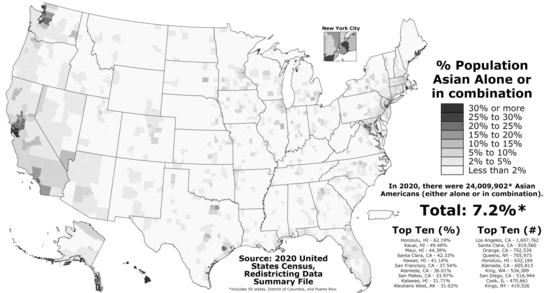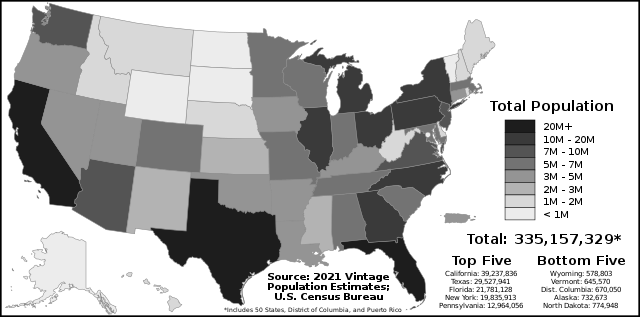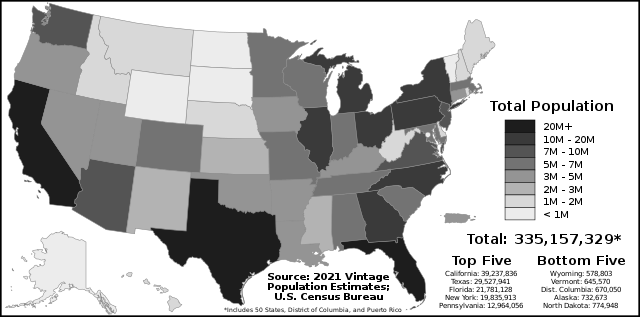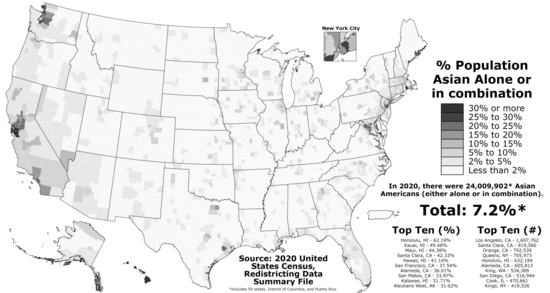Yes and no. In the United States, each state and county has its Census. The purpose of the Census is to determine the population of each state. Some states, like California, have separate enumeration districts. This way, the census data will be more accurate.
Enumeration Districts in the United States also have a separate census.
The United States has a system for enumerating people and determining their age, race, and other characteristics. These census records are organized into enumeration districts. The United States also has a system for enumerating a person’s ancestry. These records are often available through subscription genealogy databases such as FamilySearch and HeritageQuest. These records can also be accessed online.
Each district was described in detail, including street names and geographic features. A dash symbol usually separates the district number. The first number represents a county for the census period, while the second is assigned to a specific geographic area within that county. The boundaries of enumeration districts have been adjusted over the years, and some areas see a dramatic decrease in population, and others experience rapid growth. Hence, it is essential to understand how these census records are organized.
While urban areas have large populations, rural areas tend to have smaller enumeration districts. The size of an enumeration district depends on the density of the people. Large cities would require an enumerator team to cover the entire area.
Enumeration districts were created for every area under the jurisdiction of the United States government. They can be used to identify a family’s location in the 1950 census. There are also maps of enumeration districts online. You can access these maps on Findmypast.

The census bureau also had to make changes to accommodate the growing population. To accommodate this, they began delineating districts based on the post office closest to the people. This system allowed the census bureau to organize and complete the Census faster. In addition, it helped to eliminate some of the Bureau’s administrative issues.
Before the Census Bureau was created, censuses were conducted by U.S. marshals. They hired assistant marshals to help them collect the information from homes. They were paid for their work and were given strict data collection instructions. The Census occurred during a specific period, usually two weeks in cities and thirty days in rural areas.
A census also contains information about the military personnel living in U.S. barracks and for crews of ships that dock in U.S. ports. This information is copied on a separate census form, called Form P1 (for Enumeration District), for the United States Census Bureau.
California has a separate census.
It is no secret that California has a significant immigrant population. However, the state’s history of undercounting residents means that undercounting can significantly impact the representation of different communities in California. Undercounting can also cause political districts in the form to be redrawn.
The federal government conducts a census every ten years to determine the number of people living in the country. These census figures are vital in distributing federal funding and determining U.S. House of Representatives representation. In addition, the results of the Census are used to redraw state and federal legislative district boundaries based on the population growth rate in each state.

While California’s 2010 Census was far better than the national average, it still undercounted Latinos and non-Hispanic whites by about 3.52%. This undercount results from the state’s different demographic makeup, with a higher percentage of people of color than whites in some areas. Ultimately, California’s results should be improved to ensure more equitable representation.
Although there is no way to predict how accurate the Census will be, a successful census in California would be better than in other states. This would increase the chances of maintaining political representation in California. However, it is impossible to predict if the Census will be as accurate as the 1990 census. California might lose a House seat if the Census is as inaccurate as the 1990 Census. However, a more precise census will mean that the state is better represented in Congress.
The Census is a defining moment for California. The state’s 1960s boom had brought about significant population growth, but it was only sustainable for a few years. The state is now learning how to manage its population. Homeostasis means maintaining equilibrium among the variables in the system.
Each state has a separate census.
The United States is the only country in the world with two censuses: the federal and the state. This is because each state has a population and different census tracts. Census data also reflect the changing population and values of the American people.
Each county has a separate census.
The U.S. government conducts a census every ten years. Thomas Jefferson directed the first Census in 1790. Since the U.S. Constitution requires a census every decade, a centralized Census Office was created. In 1840, the Census Office became a permanent organization within the Department of Interior, and in 1902, the Census Bureau was transferred to the Department of Commerce and Labor.

Census Bureau data products present geographic entities as hierarchical clusters of states and incorporated places. Each Census Division has a different census code. States are grouped into census regions, and each part is subdivided into two or more census divisions. The United States has four census regions: the Northeast, the Midwest, the South, and the West.
Counties are the principal governmental divisions of the states. In most states, counties are functional governmental units with varying powers and functions. Louisiana parishes are primary divisions, while counties in Alaska consist of census areas and legally organized boroughs. The Census Bureau delineates census areas for statistical purposes. Several states also have cities or independent cities.
Census Bureau also recognizes census subdistricts as legal subdivisions. Unlike counties, census subdistricts are not generally known by the public. However, census data for these entities have been used since 2000. The Census Bureau released data for this purpose to all 50 states. The data for phase four of the 2020 Census Redistricting Data Program is now available. The Bureau and states used the data to create electoral districts.
Census Bureau data also uses geographic identifiers (GEOIDs). These codes help organize, present, and exchange geographic data. Each Census Bureau data contains unique GEOIDs. The GEOIDs help people find geographic information in their databases. The Census Bureau maintains the GEOIDs for states, counties, congressional districts, and census tracts. The codes are used in various public and private datasets.
Non-metro areas are geographical areas that are not connected to a metropolitan area. The non-metro areas were designated with a unique GENOTYPE code. The area outside of a metro area is now considered a geographic component of a state and given the GEO_COMP code G0.






